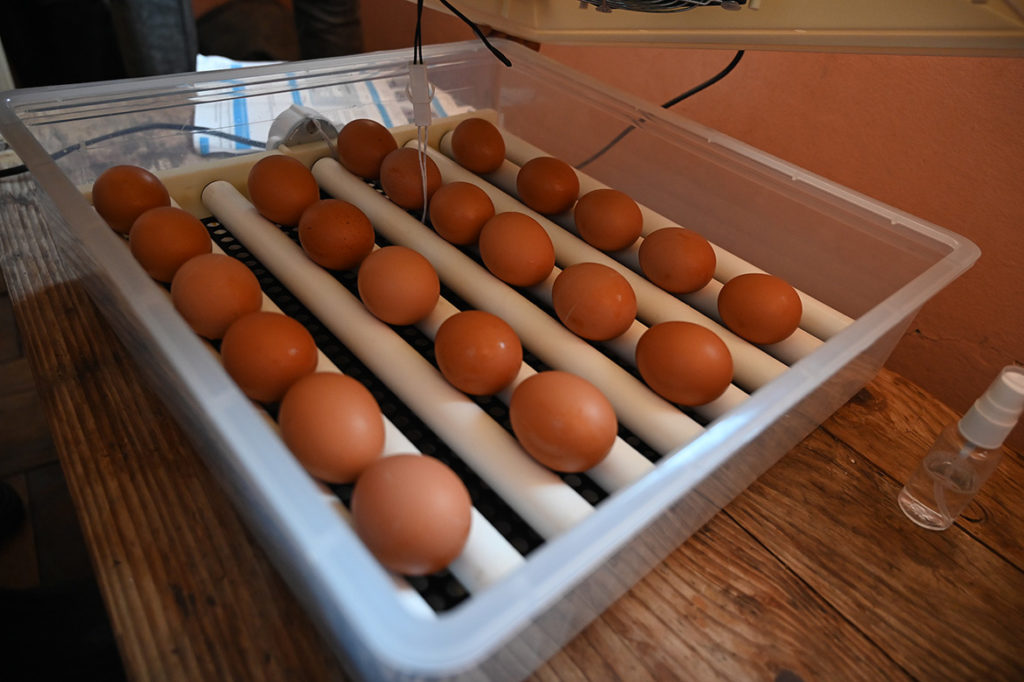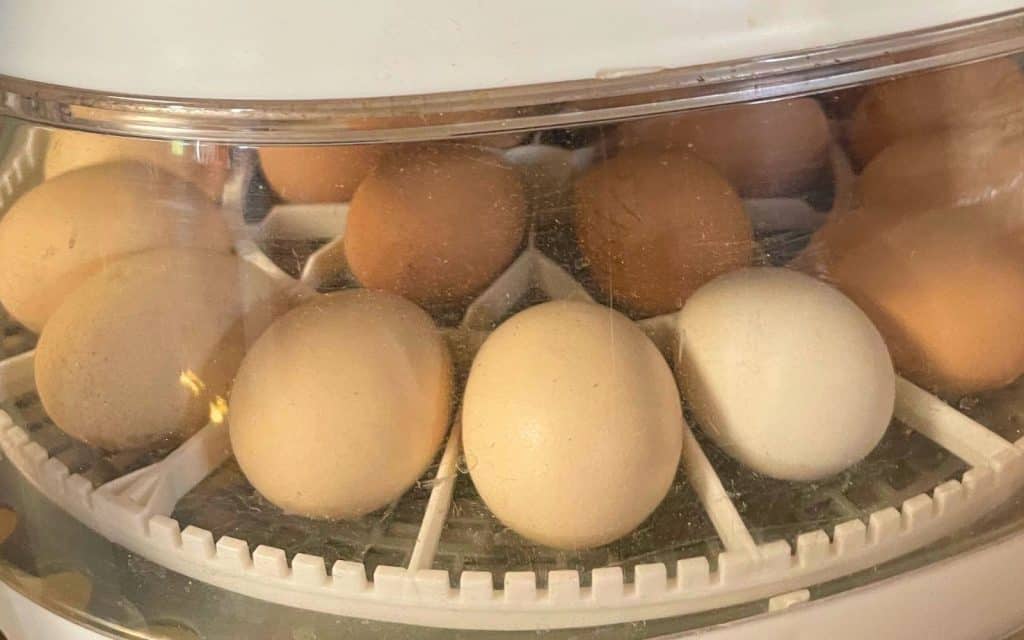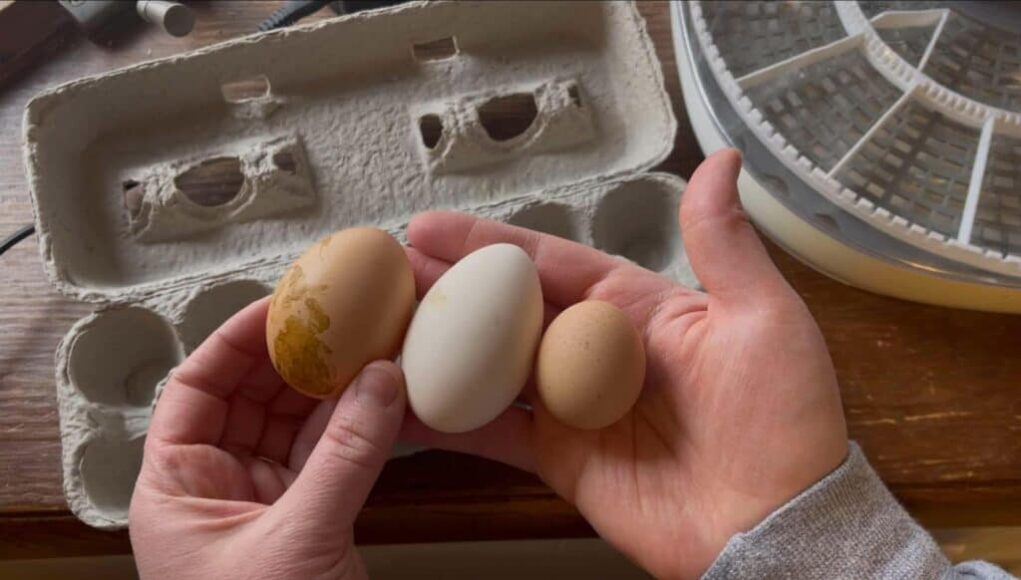For many chicken enthusiasts, the success of hatching eggs is a thrilling aspect of their hobby. One of the key factors in achieving successful hatches is improving hatch rates with humidity control. Understanding how humidity impacts the incubation process can be a game-changer, leading to healthier chicks and more successful hatches.

The Importance of Humidity in Incubation
Humidity plays a crucial role in the incubation process. It affects the rate at which moisture is lost from the egg, impacting the development of the chick inside. Proper humidity control can lead to a significant improvement in hatch rates.
Understanding Egg Development
During incubation, eggs lose a certain amount of moisture. This loss is essential for the development of the air cell within the egg, which the chick needs to breathe just before hatching. If the humidity is too high, the egg loses insufficient moisture, and the chick might drown during the hatching process. Conversely, if the humidity is too low, the egg loses too much moisture, resulting in a chick that is weak and unable to hatch.
Optimal Humidity Levels for Different Stages
Maintaining the right humidity levels throughout the incubation process is essential. Before diving into specifics, it’s crucial to understand that humidity requirements can vary depending on the type of eggs and the incubator used.
Setting the Right Humidity
Generally, during the first 18 days of incubation, the humidity level should be around 45-50%. This allows for proper moisture loss and development of the air cell. During the final three days, known as the lockdown period, the humidity should be increased to about 65-70% to assist the chicks in hatching.
Tools for Monitoring Humidity
Accurately monitoring and controlling humidity is crucial. Using a hygrometer, a device that measures humidity, can help ensure that levels remain within the desired range. Many modern incubators come equipped with built-in hygrometers, but it’s always a good idea to cross-check with an external one.
Manual vs. Automatic Incubators
While manual incubators require regular monitoring and adjustment of humidity levels, automatic incubators often have built-in systems to maintain the desired humidity. However, regardless of the type, it is essential to ensure that the equipment is functioning correctly and calibrated.
Practical Tips for Humidity Control
Here are some practical tips to help maintain the right humidity levels:
- Use water pans or sponges in the incubator to increase humidity.
- Avoid opening the incubator frequently, especially during the lockdown period, as it can cause humidity fluctuations.
- Regularly check the water levels in the incubator and refill as needed.
Dealing with Humidity Issues
If you encounter humidity problems, consider adjusting the ventilation settings or moving the incubator to a different location with a more stable environment. External factors like room temperature and air conditioning can also impact humidity levels.
Common Challenges in Humidity Control
While controlling humidity can significantly improve hatch rates, it can come with its own set of challenges. Some common issues include:
- Unstable humidity due to frequent opening of the incubator.
- Inaccurate hygrometer readings.
- Fluctuating room temperatures affecting the incubator.
Solutions to Common Problems
To address these challenges, consider recalibrating hygrometers regularly and using incubators in temperature-controlled environments. For more tips and solutions, visit our chicken incubator troubleshooting guide.
Conclusion: The Path to Successful Hatching
Incorporating humidity control into your incubation process is essential for improving hatch rates. By understanding the role of humidity, using the right tools, and implementing practical tips, you can enhance your hatching success and enjoy the rewarding experience of raising healthy chicks.
Further Reading and Resources
For more information on egg incubation, check out our articles on incubating eggs in hot climates and egg incubator humidity hacks.

Frequently Asked Questions
What happens if humidity is too low during incubation?
Low humidity can cause eggs to lose moisture too quickly, leading to weak chicks that may struggle to hatch. Maintaining appropriate humidity levels is crucial for successful hatching.
How can I increase humidity in my incubator?
To increase humidity, you can add water pans or sponges to the incubator. Ensure the incubator is properly sealed to prevent humidity loss.
Is it necessary to adjust humidity for different types of eggs?
Yes, different types of eggs may require varying humidity levels. Always research specific requirements for the eggs you are incubating to ensure optimal results.
For further insights, you may want to explore how a chicken incubator works on this informative page.
This article contains affiliate links. We may earn a commission at no extra cost to you.











